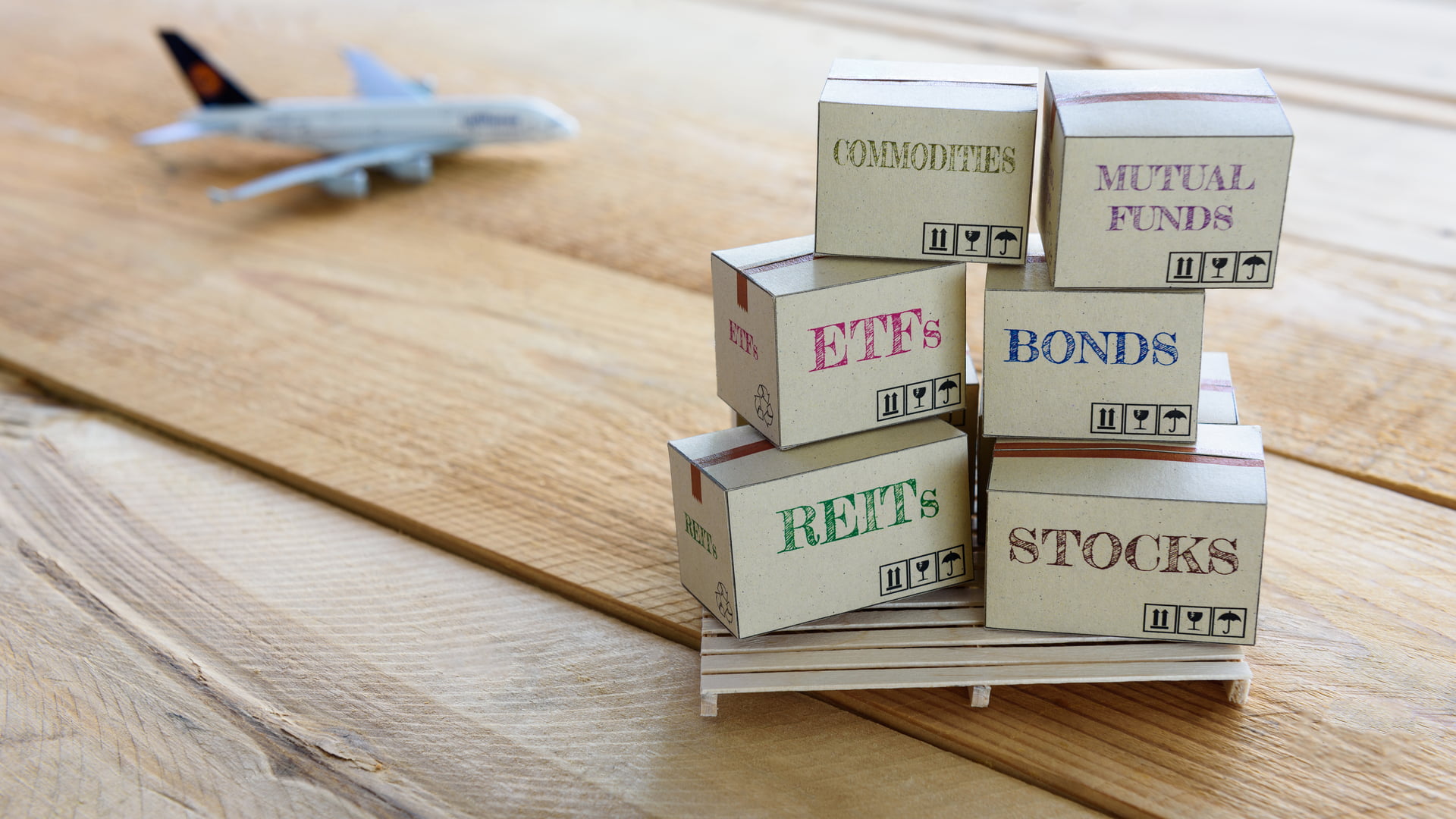
Posted on: 22nd July 2020 in Investments
As the old saying goes, variety is the spice of life.
But did you know that variety is also the key to a successful investment strategy?
If you have read anything on investments, you have no doubt heard the term ‘portfolio diversification’.
There is a reason why you hear the term so often. Having a diverse portfolio can help combat one of the biggest drawbacks to investing – risk.
In this article, we take a closer look at one of the strategies used by investment professionals to build successful portfolios.
We take risks to reap the rewards. For some, that could mean leaping from a plane at 13,000 feet. The risk is jumping from the plane, and the reward is the adrenaline rush you get.
Before we act, our brains calculate whether the reward is worth the risk. Some are more risk-averse than others; let’s take roulette as an example.
Putting all of your chips on one number may net you the highest return, but it comes with a high risk. Some people will see this as a risk worth taking, while others take another approach.
Those who are more risk-averse might spread their chips across multiple numbers. They will still see a return if the ball lands on one of their numbers, but the risk is much lower.
Portfolio diversification is the equivalent of spreading your chips. It is a strategy used to balance the risk/reward ratio of your investments.
Having a diverse portfolio means having a mix of investments. That way, better performing investments can balance out those that are not doing so well.

There is an infinite number of ways to achieve a diverse investment portfolio. How much risk you are willing to take and your investment goals will determine how you diversify.
Here are some things to consider.
When you invest your money, you invest in an asset. Some of the common assets people invest in include:
Investors will typically pick assets with a low correlation.
Low correlation means two (or more) assets that perform differently from one another. By using this method, losses in one asset class can be offset by another performing well.
A country’s economic situation, stock market and government policies can all affect your investments.
By spreading your investment around the world, you can further diversify your portfolio.
Investing in different locations around the world can help lower risk, but in some cases, it can increase it.
The UK, US and other developed markets tend to be more stable. However, emerging markets, such as India and Russia, can be more volatile. Increased market volatility brings with it increased risk to your investments.
The key is not putting all of your eggs in one basket.
Let’s say you invest in an oil company. Your investment is going well, so you decide to buy more shares in the company.
There could be an event that causes the oil company to perform poorly. At this point, the value of your shares would start to tumble.
By investing in different sectors of an asset, you can offset some of the risks. Ideally, it’s best to avoid sectors that are connected.
An example of this could be if you invest in gold and the leisure industry. If the price of gold suffers, it shouldn’t affect your leisure investment. By investing like this, your portfolio is more protected from dips in different sectors.
The same logic that we apply to the asset and sector choices can be applied to individual companies.
It only takes one wrong business move by a company, and the value of their shares could drop. Worse still, the company could go bust.
Rather than investing everything in one company, it is good practice to hedge your bets. Spreading your investments across different companies is a good way to avoid potential losses.
Diversifying your portfolio is certainly a powerful strategy, but it doesn’t guarantee success.
There are pros and cons to everything in life – a diverse investment portfolio is no different.
There is such a thing as being too diverse. Spreading your money too thinly over a large number of investments may not yield noticeable growth.
Holding too many investments can also be a logistical nightmare. Having to manage a portfolio with too many holdings can be complicated and time-consuming.
You need to also factor in costs. Buying and selling holdings will incur brokerage commissions and transaction fees.
Successful investing requires good knowledge and understanding of the markets. Optimising a portfolio and finding enough time in the day to manage it can be challenging, especially for new investors.
If you are new to the world of investing, speaking with a professional can get you off to the best start. Even seasoned investors can benefit from speaking with a financial adviser.
We have been helping clients for over 20 years to achieve their financial goals. To find out how we can help you achieve yours, contact us using the form below.
We have 18 offices across the globe and we manage over $2billion for our 20,000+ clients
Get started
Digital Assets: From Fringe to Framework A Responsible View for Internationally Mobile Investors Executive Summary Digital assets have moved from the fringes of finance into mainstream discussion. The arrival of...
Read more
Across the global expatriate market, one product category is showing unprecedented momentum in 2025: Indexed Universal Life (IUL). As client expectations move toward solutions that combine long-term protection, tax-efficient wealth...
Read more
Chancellor Rachel Reeves delivered her second Autumn Budget in dramatic circumstances, after the Office for Budget Responsibility (OBR) accidentally released its full economic outlook online 45 minutes before her speech....
Read more
In today’s world, much of our lives are lived online. From email accounts and social media profiles to digital wallets and online businesses, we’re building a digital legacy—often without realising...
Read more